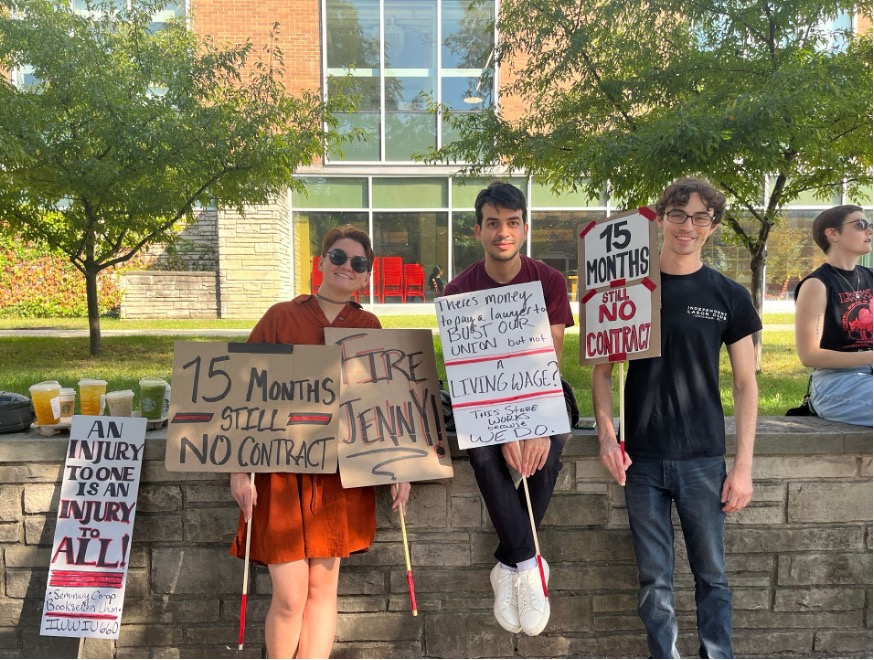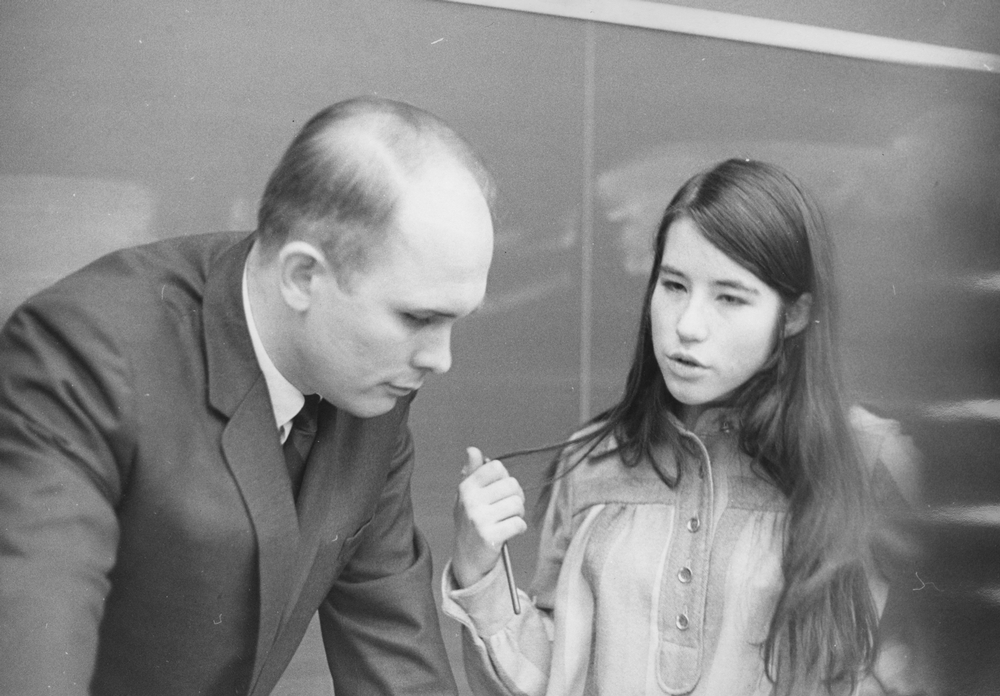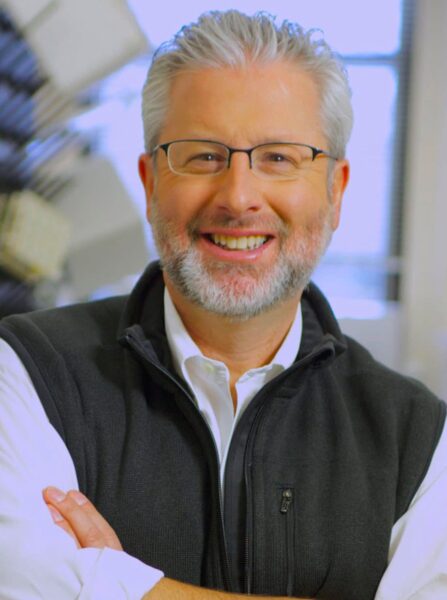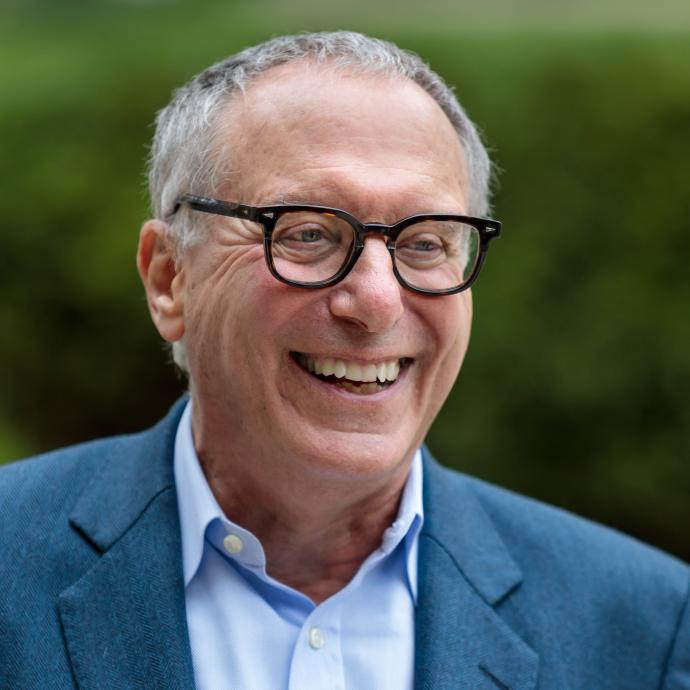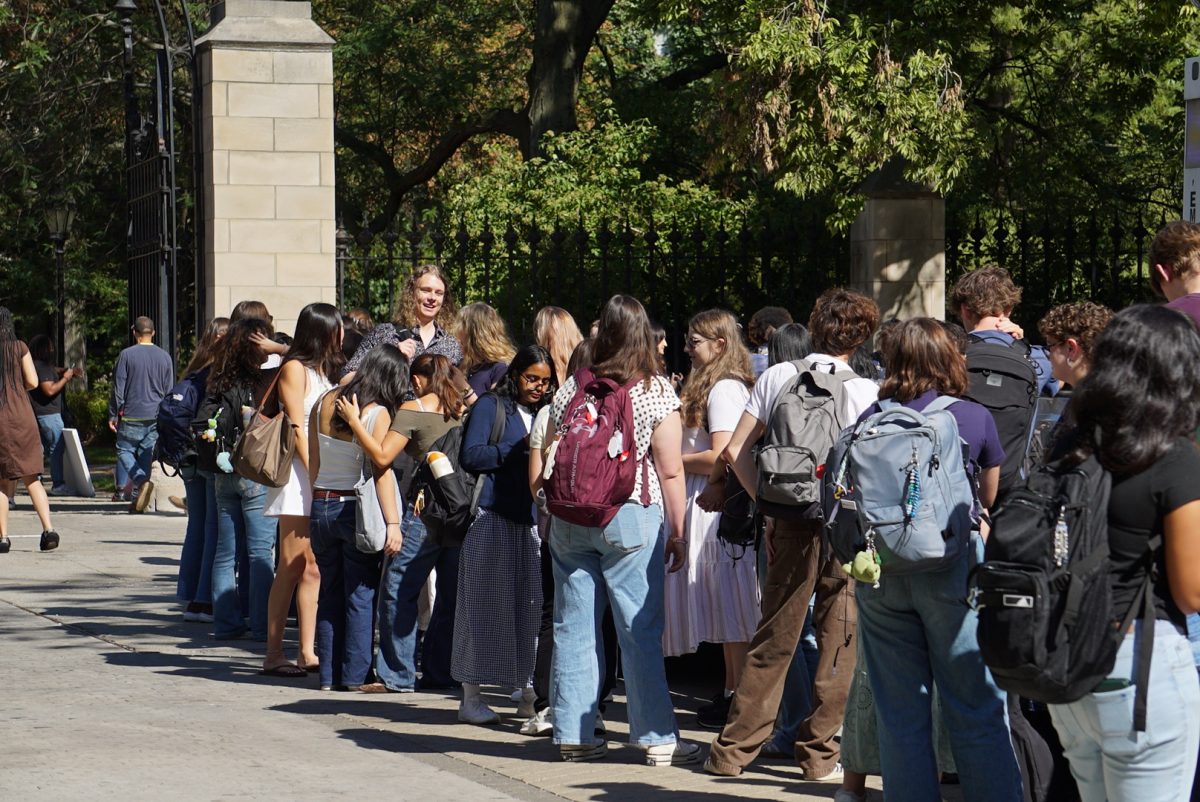Five years after the implementation of a controversial plan to increase undergraduate enrollment in the College by approximately 1,000 students, the University of Chicago Council on Teaching has completed its “Report on Enrollment and Teaching, 1996 to 2001.” The report, authored by Constantin Fasolt, professor in the history department and the College, was released in the August 15 edition of The University of Chicago Record. Fasolt became chair of the Council on Teaching in the summer of 2001, halfway through College expansion and soon after the new core requirements came into effect in 1999.
“What I did not know was how these changes were affecting the faculty teaching our classes and the students taking them. I therefore decided to find out,” Fasolt said.
Fasolt considers the report to be a generally optimistic overview of the ongoing project of College expansion and its impact on the University as a whole. He is also quick to downplay his own role in creating the report, which is written in the first person. “All I did was think about [the Council’s findings] and put it into words. Caren Skoulas, the Associate Provost for Planning, did all the hard work,” Fasolt said.
Fasolt sees the report as a valuable resource—a starting point for further efforts to adjust for College expansion throughout the University. “The purpose of the report was to get facts and figures, to get good data, so we have a foundation for future work,” Fasolt said.
He hopes the report will be used “to discuss the many questions that [the report] raises and the far fewer questions that it answers.”
Although Fasolt’s term as Chair of the Council on Teaching will end in 2004, he is eager for the Council to continue its work in the future, but cautious about rushing to judgement based on the released Report. “I do hope [the report] will be kept up to date—also I hope it is realized that at the beginning, it’s very, very easy to misread these figures Taking enrollments and taking all the students who are formally listed as students is sometimes not accurate, if you want detailed answers.”
The report presents data regarding individual faculty members and students using course enrollments, a unit of measurement defined as one student registered in one course for one academic quarter.
Some of the statistical highlights of the report include:
• Enrollments in core courses dropped from 47.9 percent of all College course enrollments in 1996-1997 to 39.4 percent of enrollments in 2000-2001
• From 1996-2001, the number of tenured and tenure-track faculty members in the graduate divisions increased from 601.1 to 624.8. (The fractional members are accounted for by part-year appointments and what Fasolt terms “ineffable variables.”)
• In 1996-1997, graduate students taught 20.6 percent of College courses, mainly in core and language classes. In 2000-2001, graduate students taught 17.5 percent of College courses.
• Average undergraduate-only class size rose from 15 to 17.
The report affirms that the Division of the Social Sciences remains the largest by far, and the Graduate School of Business has substantially more graduate students than any other school or division of the University.
“The fundamental character of the University has not changed,” Fasolt said in the findings section of the report.
According to the report, the University has managed to work through the logistics of college expansion by making a series of comparatively small adjustments.
An increase in faculty teaching in College course enrollments was crucial to meeting the increased demands of College expansion. College course teaching by the faculty of the Humanities and Social Sciences divisions increased 20.1 percent.
There was a large decline in the number of course enrollments for single-student classes: undergraduate single stundent classes fell from 283 in 1996-1997 to 174 in 2000-2001, while single-student graduate course enrollments crashed through the figurative floor, from 1996-1997’s 764 courses to a 206 in 00-01.
While Fasolt acknowledges that readers will “legitimately wonder what exactly [the enormous drop in single-student class enrollments] means, and even more so whether it is a good thing,” he said. “It reflects the efforts of a faculty husbanding its resources more carefully in an attempt to meet increased enrollments in the College.”
Despite nearly neutral findings thus far, Fasolt cautions that College expansion is not finished. “As far as the future is concerned, I don’t know,” he said. “How is [College expansion] going to continue? I can imagine both outcomes. I can imagine that we’ll continue to manage, and I can imagine that we’ll run into some problems. I look forward to finding out.”



